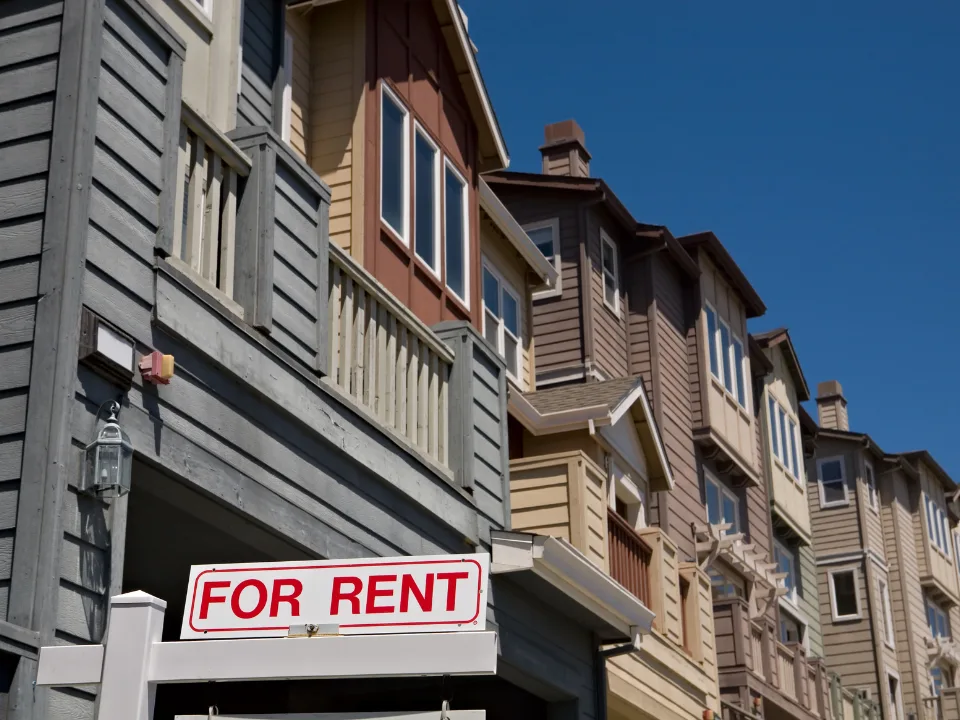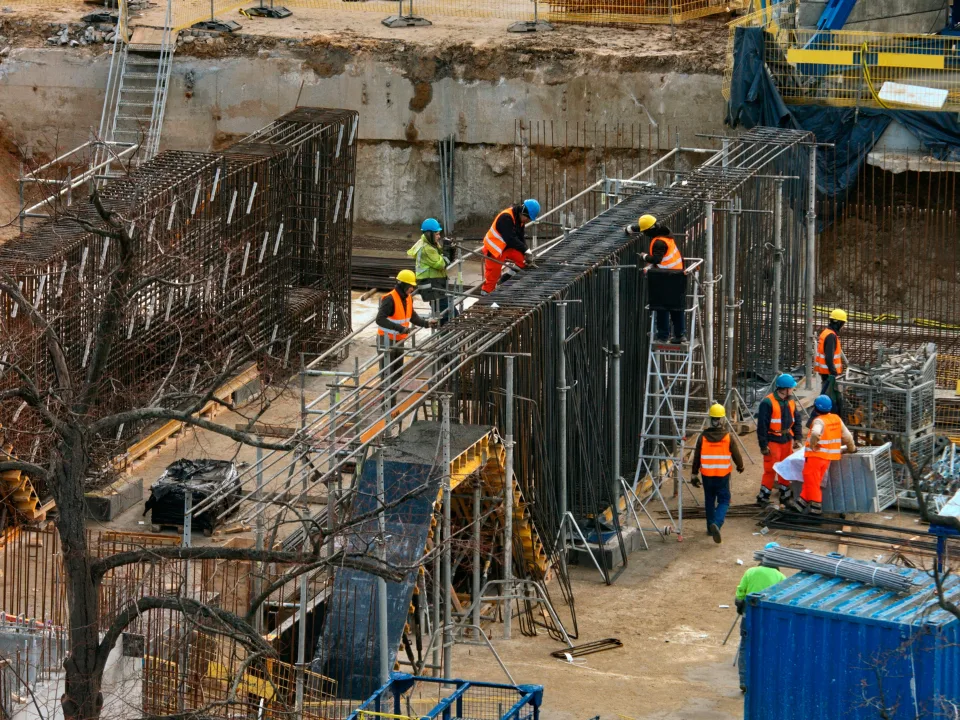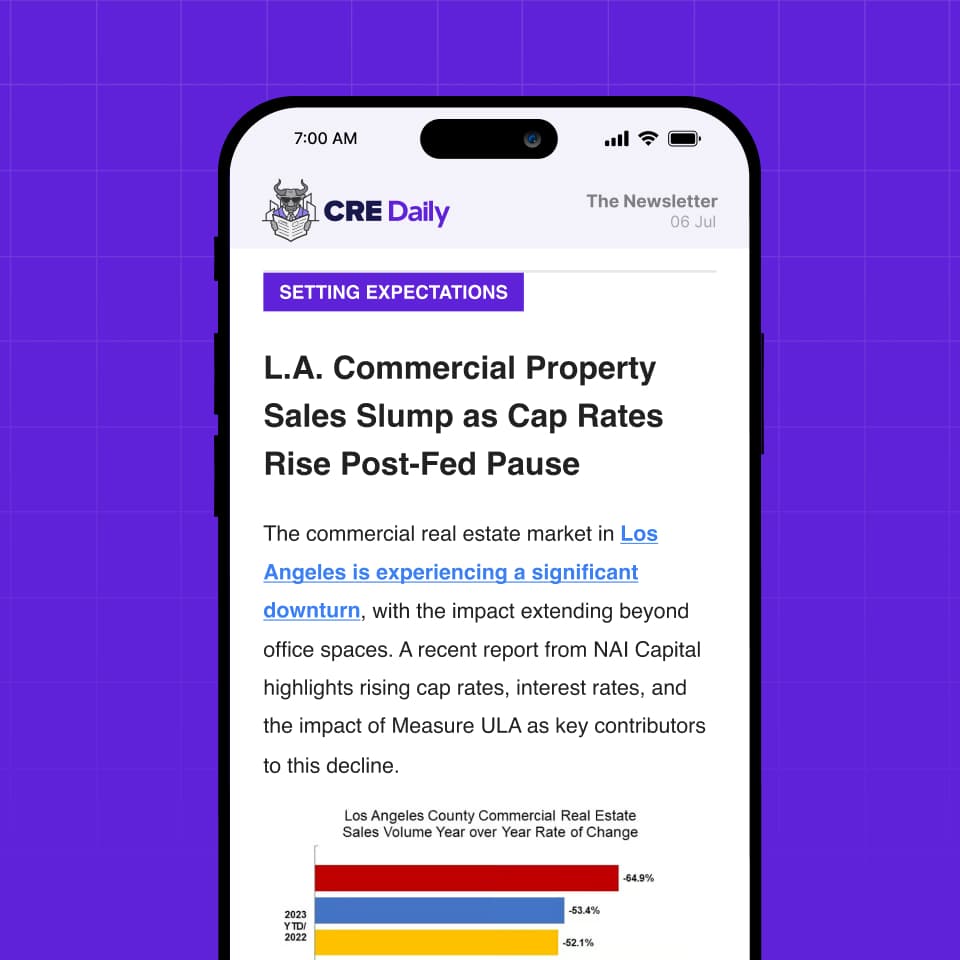- Credit standards for construction, land development, and non-farm non-residential CRE loans tightened in Q4, according to the Fed’s Senior Loan Officer Opinion Survey.
- Demand for CRE loans remained mostly unchanged, though large banks saw stronger demand for nonfarm nonresidential and multifamily financing.
- Smaller banks reported weaker demand across most CRE loan categories, while large banks had relatively stable loan requests.
- The survey reveals differing trends based on bank size, with large banks showing more resilience in the face of tighter credit conditions.
The Federal Reserve’s latest Senior Loan Officer Opinion Survey (SLOOS), which surveys bank lending practices, revealed that credit standards for certain types of CRE loans have been tightening. Yet business loan demand for other sectors appears to be holding steady or even increasing, per GlobeSt.
By The Numbers
The survey found that many banks reported tighter credit standards for construction financing, land development loans, and nonfarm nonresidential properties. Notably, lending standards for multifamily properties largely remained unchanged.
Specifically, 14.3% of large banks tightened standards for construction and land development loans, compared to just 4.8% of smaller banks. Meanwhile, 9.5% of large banks reported tightening credit standards for nonfarm nonresidential loans.
Demand Trends
While credit standards were tightening, the demand for CRE loans exhibited mixed trends. Large banks, in particular, saw stronger demand for non-farm, nonresidential, and multifamily loans.
For example, 19% of large banks reported moderately stronger demand for nonfarm nonresidential loans, while the rest saw steady demand. On the other hand, demand for construction and land development loans was weaker for smaller banks, with 23.8% reporting moderately weaker demand.
Get Smarter about what matters in CRE
Stay ahead of trends in commercial real estate with CRE Daily – the free newsletter delivering everything you need to start your day in just 5-minutes
Bank Variations
The survey revealed a notable divide between large and small banks. Large banks—about 23 in total—showed more resilience, with only a modest share tightening standards.
In contrast, smaller banks (41 in total) reported a more significant share of tightening standards and weaker loan demand across various categories. This discrepancy suggests that larger institutions are more equipped to manage economic pressures than their smaller counterparts.
Note on Survey
The latest SLOOS survey underscores the complexity of the current CRE lending landscape, as banks adapt to market impacts that vary by institution size and property types.
It’s worth noting that while the survey’s sample size for large banks is relatively small, the results are still significant given their concentration.
However, the smaller sample size for nonlarge banks (only 41 institutions participated), means the results may not fully reflect the broader US banking landscape. With thousands of smaller banks operating nationwide, these findings should be interpreted with caution.

















